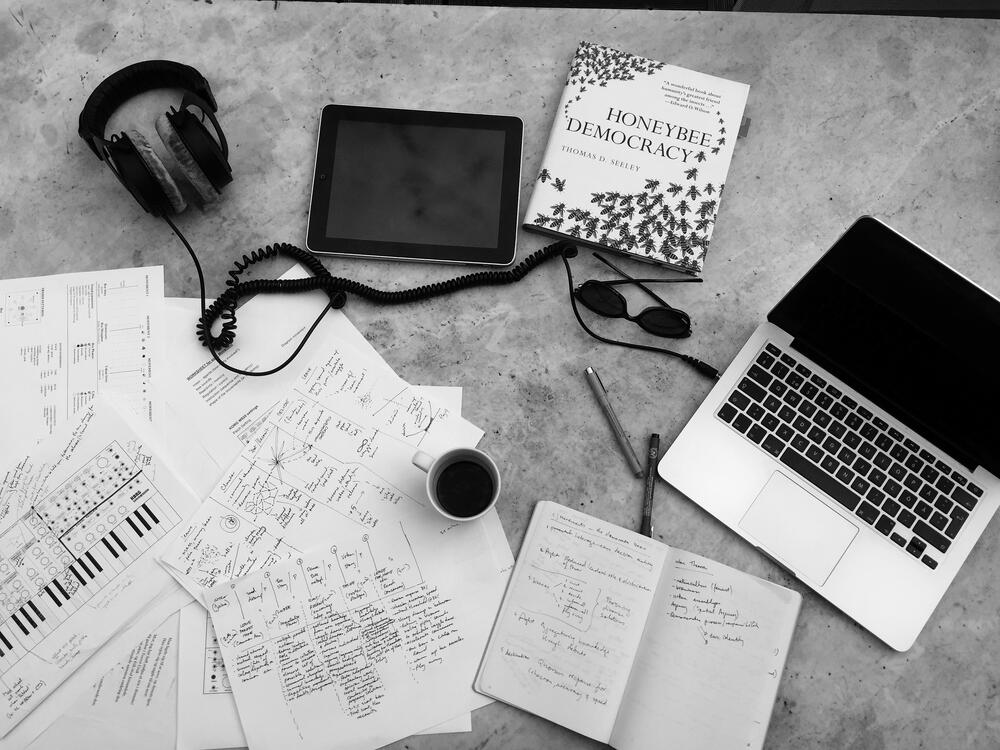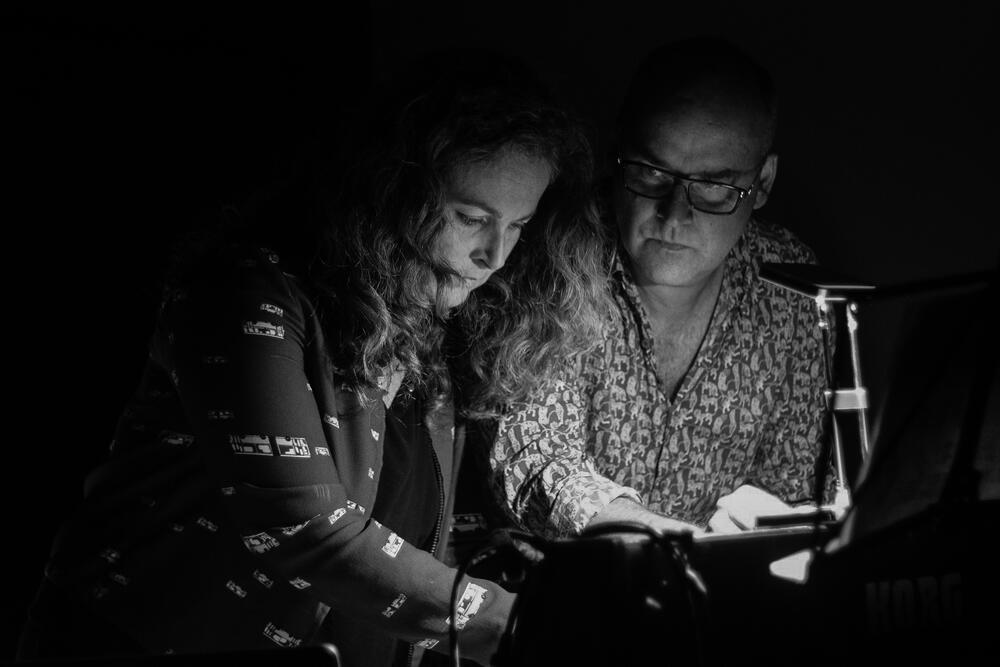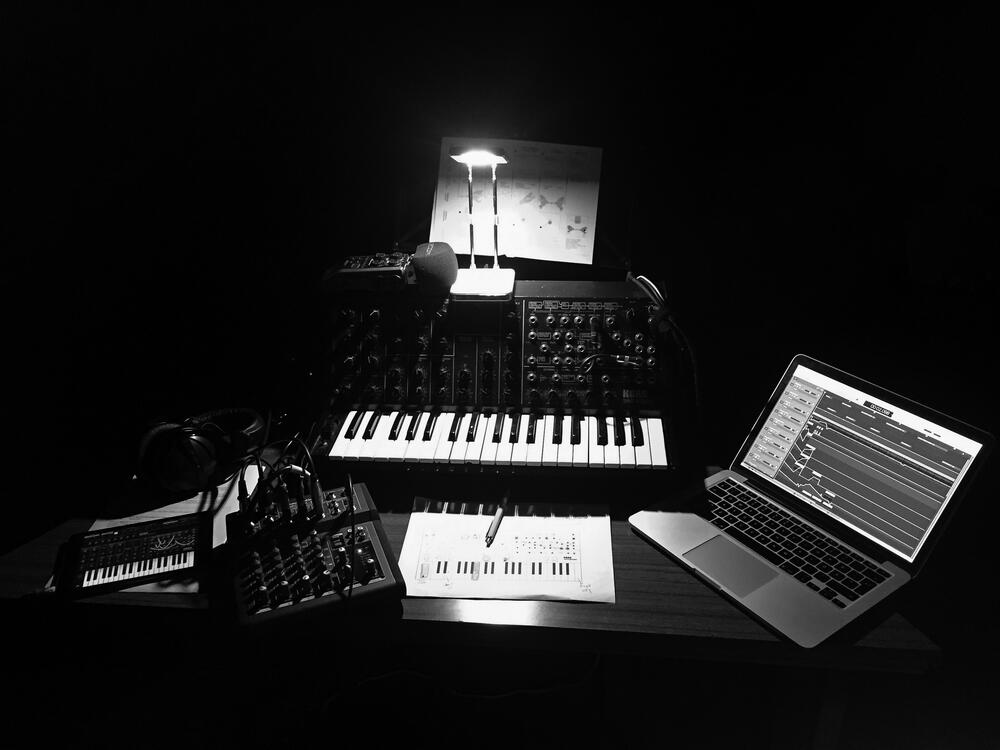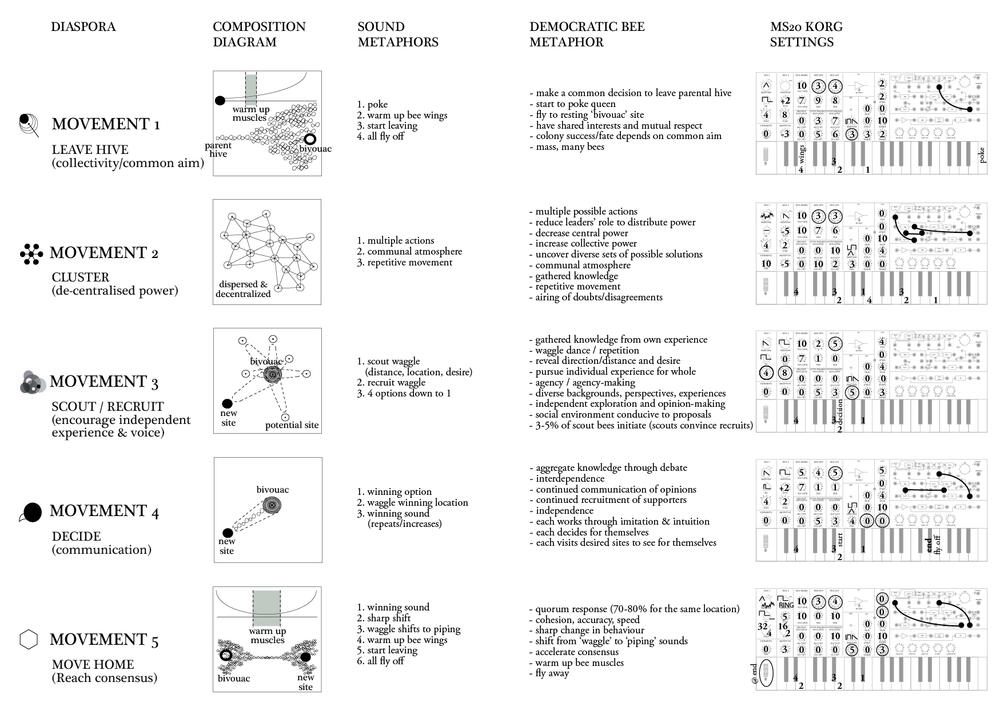Bee Diaspora
Excerpts from "Bee Diaspora" by Anna Maria Orru & Morten Søndergaard
I say it again, nothing else to be done,
it’s a way of proceeding,
a way of finding a foothold,
a complex dance inside the bees’ hive,
the crackling warm brain of the anthill in pinewoods,
gravity lies awake, unable to sleep,
but your fingertips tingle with cautious knowledge,
the sense of everything being within reach,
even the dark in the mirror, a crack in the wall,
seeing it all disappear, seeing the flower’s shadow
cover your face,
it's getting late, and that which is near becomes afar,
and a glimpse of infinity in the clouds
gives up and collapses, tired and titanic.
—Morten Søndergaard
Our bee story begins during a spring afternoon in 1949, when behavioural scientist Martin Lindauer came upon a bivouac of bees suspended in a tree near the Munich Zoological Institute. After careful observation, he watched the bees return to the swarm performing a series of ‘waggle’ dances oddly covered in a variety of debris. Lindauer plucked a few bees, dusted them off and examined the debris under a microscope. This debris was not pollen but various forms of dirt particles — black with chimney soot, red from brick rubble, grey from concrete dust. The ‘dancing' bees were nest-site scouts who were searching for a new home for their hive in the rubble of bombed Munich.
When bees swarm from their parental hive, their communication involves constant interaction; reporting sites visited, confirmation, open debate about different sites, and reaching an agreement for the new site. The bees' decision-making can be seen through their bodily movements, face-to-face communication, sounds and shared goals. Biologists Thomas Seeley depicts their manners as democratic decision-making, one that reveals collective behaviour from the relation-making components of a swarm.
When bees swarm, they set off from their home in search of another. A bee diaspora. The term diaspora is an ancient word that refers to people who have dispersed from their homeland. It brings up connotations of spreading out, mobility, transition, transformation, of finding home and a common ambition. As a diaspora living on a decaying planet, we have to collectively agree on where to go from here.
Bees employ sound as a way to communicate, and the beekeeper uses their sound to learn about the state of the hive. The soundscape of Bee Diaspora re-articulates the flight of bees from their parental hive to a new home — a temporality of a diaspora — in five composed 'movements'. It honors a profound relation between humans and bees, speaking to a hidden wisdom of inter-species relationships. It beckons an experiential, sonic, situated learning.
Bee Diaspora is a song-in-progress, calling us to attune to our companion species - Apis Mellifera. Bees and their collective forms of environmental thinking and decision-making. Swarm intelligence translated into a sonic encounter.
Dust and Shadow Reader Vol. 2. Previous: inframince. Next: bees and migrants




